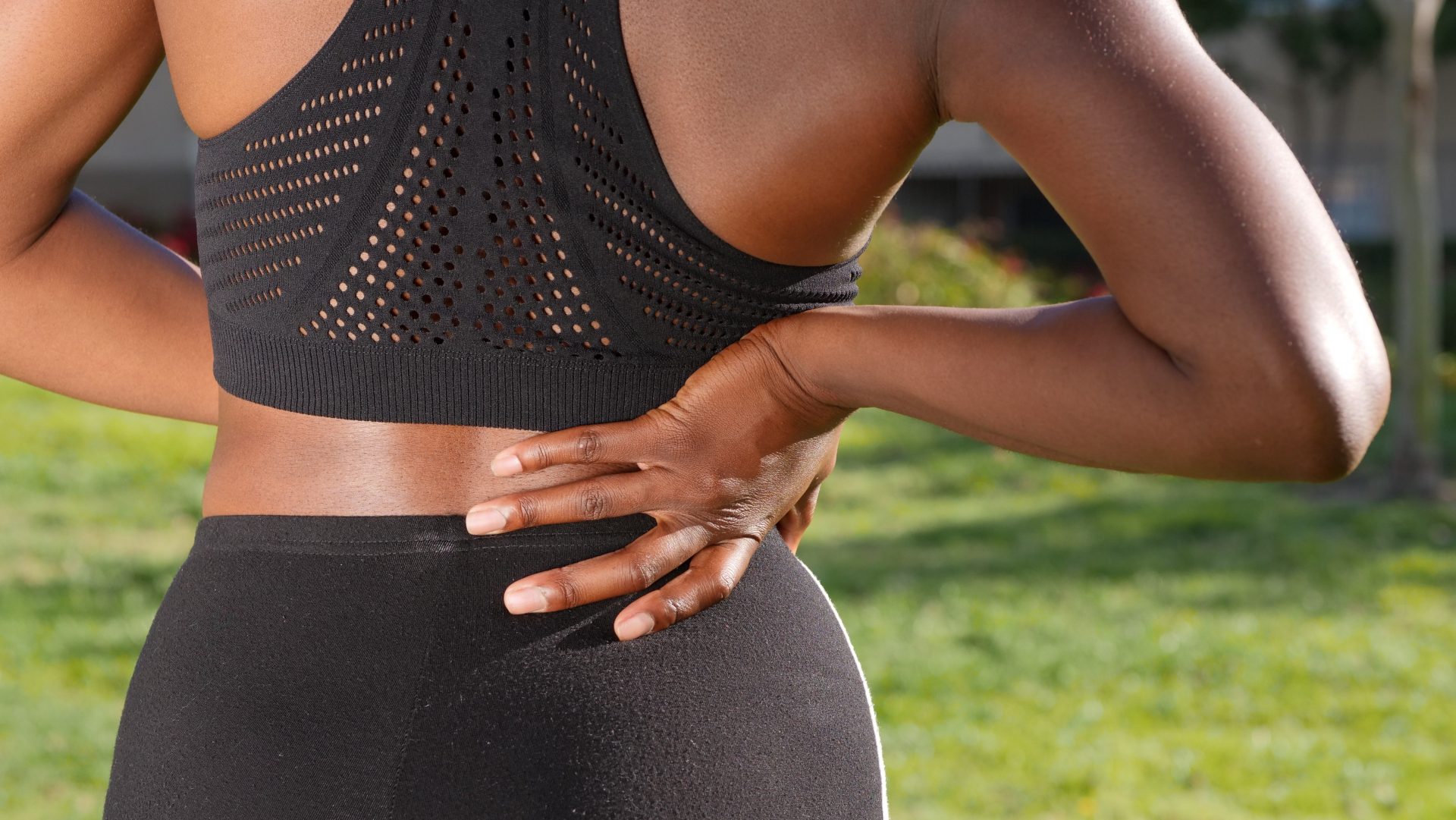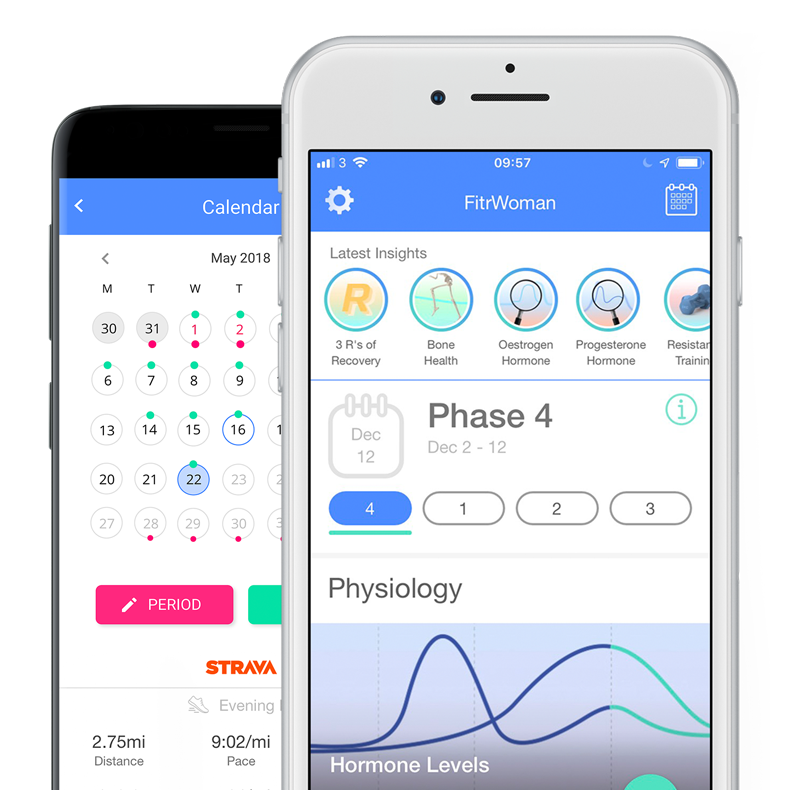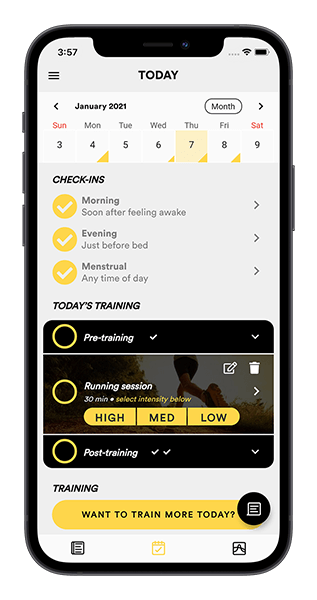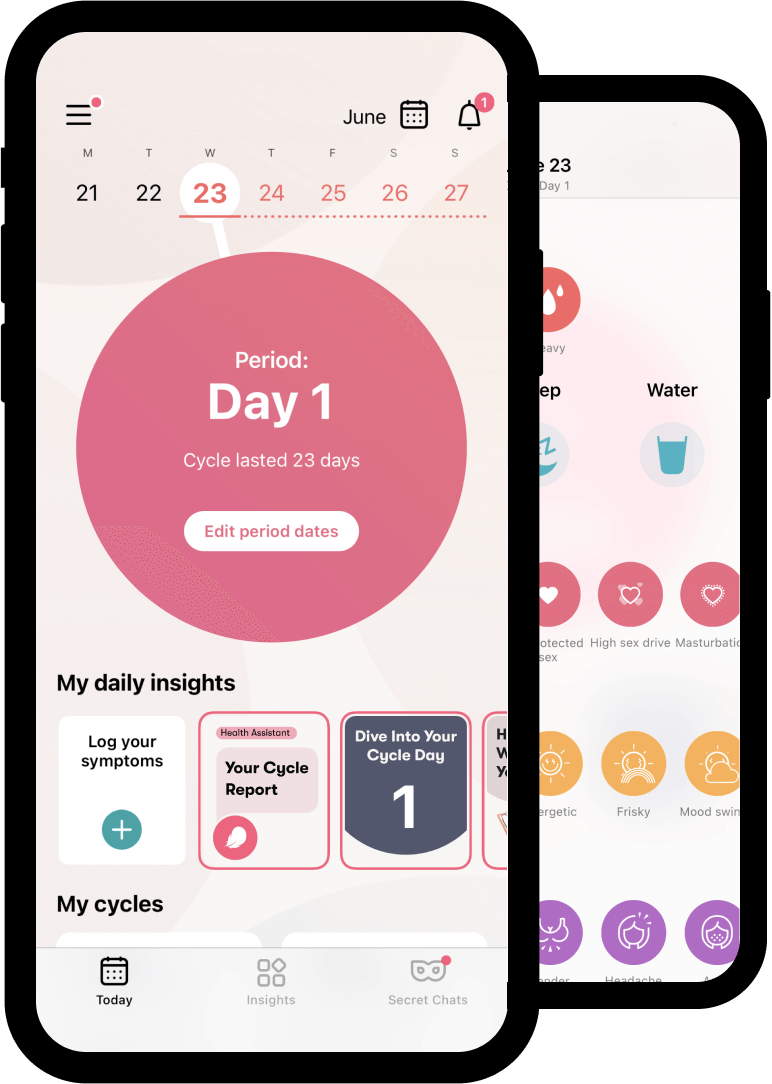How your period can make you more prone to a workout injury
Your menstrual phase can dictate your energy and mood but also your likelihood of injury. Here’s how your fluctuating hormones can impact your body…
“Every major injury I’ve ever had has been on my period,” Dina Asher-Smith told The Guardian before heading off to Tokyo. While you don’t need us to tell you that your appetite, mood and comfort ebb and flow throughout your cycle, we don’t talk about our bodies fluctuating risk of injury. Before you panic or roll your eyes about just another downside to your regular bleed, know that it’s not all bad. Learning how to work with your hormones can reduce your likelihood of doing damage and improve your performance.
You may also like
Amenorrhea and exercise: does training have an impact on your menstrual cycle?
Are you more likely to get injured on your period?
For anyone who menstruates, it’s true that there are times during your cycle when you are more prone to injury. Research largely points to the late follicular phase (around day 10 of a 28 day cycle) and ovulation (around day 14) as the riskiest times. In an article published by the British Journal of Sports Medicine earlier this year, researchers reported that muscle and tendon injuries in female footballers are twice as likely during the late follicular phase. These include muscle ruptures, tears, strains, cramps and tendon injuries.
“This is because the high estrogen levels during this phase make your ligaments lax in case of pregnancy – your body needs elasticity to grow and give birth. However, this laxness compromises joint stability: you’re more likely to over-twist your knee, for example, because the ligaments are so elastic,” says Dr Ghazala Aziz-Scott from the Marion Gluck Clinic.
But it’s important to remember that “every woman is different and everyone’s hormone fluctuations impact their bodies uniquely,” says Dr Aziz-Scott. Asher-Smith pointed to the fact that when you are on your period “you make decisions that normally you just would not make” and that she often struggles to sleep when she’s bleeding, which impacts her performance.
“As well as the hormones, it comes down to your biomechanics,” says Dr Rebecca Robinson, sports and exercise medicine consultant. “Some people find that the drop in progesterone and increase in estrogen during their late follicular phase frees up their mechanics in a good way so they can move faster. For them, it will be a really good time to perform. And injury risk throughout the month can be quite sport-specific.”

In her interview, Asher-Smith explained that her injuries on her period stem from an increase in lower back pain, “which pulls on your hamstrings more, and for a sprinter, our hamstrings are our bread and butter.” Endurance athletes (whose sports don’t require as muchpower through the posterior chain) might not find that lower back pain is an issue. “Often, marathon runners do really well when they are on their period, unlike sprinters,” Dr Robinson mentions.
You may also like
Periods in the summer – expert advice on how to cope with your period in warm weather
How to train with your cycle to avoid injury
Asher-Smith wouldn’t have got to the Olympics if she sat out of training every time she was on her period. While you don’t need to push yourself to train as she would during your injury-prone phase if you are feeling weak, sore or worried, there are ways to tackle your workouts.
“Firstly, include more mobility work during your late follicular and ovulation phase to ensure your joints are feeling stable before you train,” says Dr Aziz-Smith. While form is always important, it’s crucial that you’re not allowing your more elastic joints to overextend or twist. “If you can, try to stick with intense training at the start of your cycle and reduce the intensity in the latter half. Generally, people feel more tired in this stage – the luteal phase – and may have PMS symptoms.”
Maximising your nutrition is also crucial. “High-progesterone levels mean your body breaks down protein faster. During the luteal phase, when progesterone is spiking, you need to be conscious of eating enough protein so your body can properly repair from your training,” Dr Aziz-Smith adds.
As you can tell, it’s personal – and complicated. That’s why Dr Robinson recommends tracking your cycle on an app that allows you to report on your training, injury and symptoms is crucial. “I like that young women are now demanding to know what is going on with their bodies and periods. Education will allow people to take ownership of that and help them have long training careers,” she says.
Three period-tracking apps for people who menstruate
-
Fitr Woman

Period tracking apps: Fitr With training and nutrition tips tailored to your menstrual phase, Fitr helps you to maximise your workouts while supporting your hormone health.
Download now
-
Wild AI

Fitness tracking apps: Wild AI Wild AI gets into the nitty gritty of training. Report on specific symptoms from bloating to injury and log your workouts for specific macro recommendations and recovery techniques.
Download now
-
Flo

Fitness tracking apps: Flo For those who like a holistic overview of their health, try Flo. The app will educate you on fertility, PMS and sleep while letting you track your fitness too.
Download now
Source: Read Full Article
